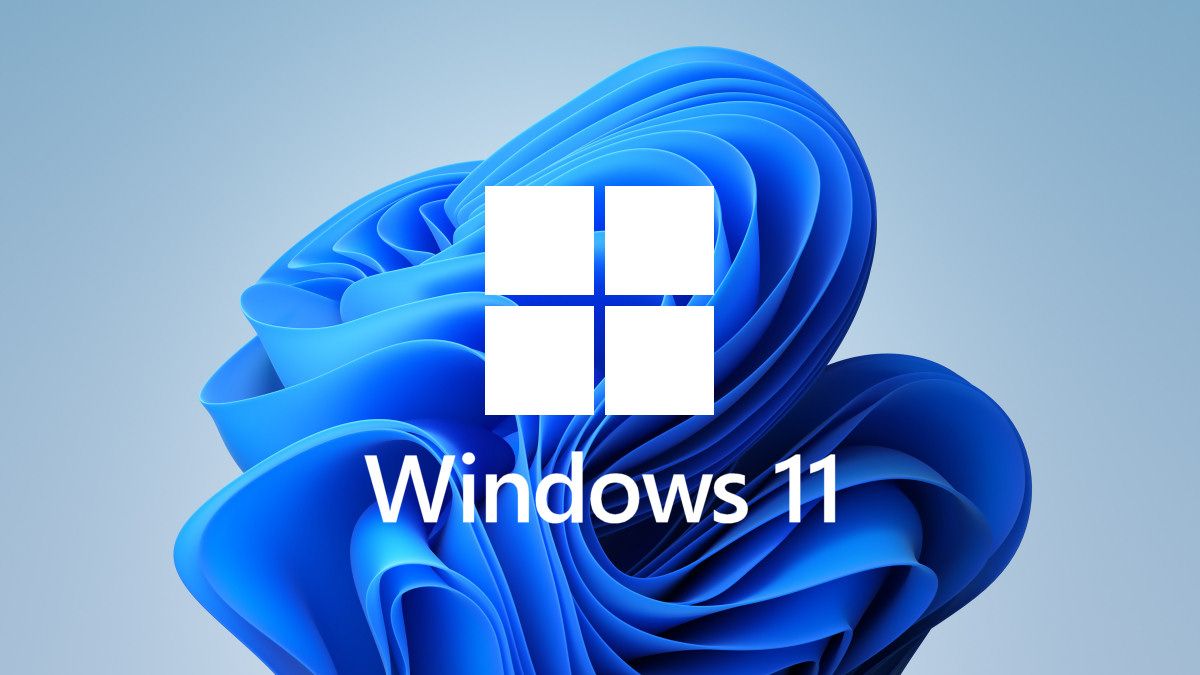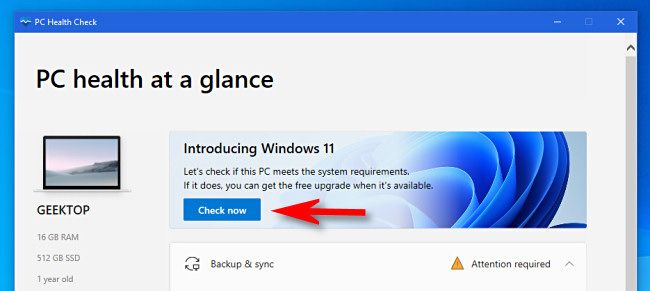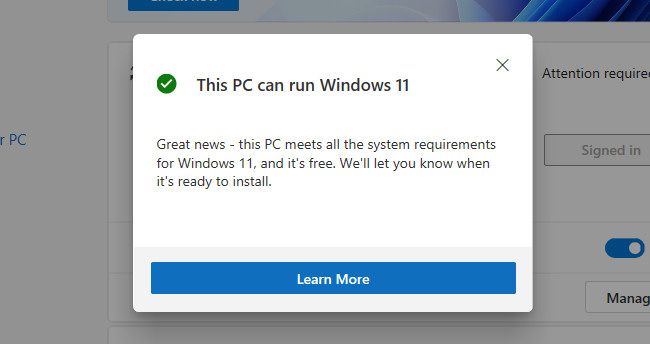Quick Links
With Windows 11 arriving at the end of 2021, Microsoft announced the minimum system specifications required to run the new operating system. Knowing this, you can see if your Windows 10 PC is up to the task. Let's take a look.
Windows 11 System Requirements
According to Microsoft, if your computer doesn't meet the following requirements, your device will not be able to run Windows 11. If that's the case, you'll need to buy a new PC to run the new operating system.
- Processor: 8th-generation Intel CPU, AMD Ryzen 2000, or newer
- RAM: 4 gigabytes or more
- Storage: 64 GB or larger storage device (such as a hard drive or SSD)
- System Firmware: UEFI and Secure Boot capable
- TPM: Trusted Platform Module 2.0 (common on motherboards manufactured after 2016)
- Graphics Card: Compatible with DirectX 12 or later with WDDM 2.0 driver
- Display: An HD display at least 720p (1280×720) resolution larger than 9" diagonal, 8-bits per color channel
- Internet Connection and Microsoft Accounts: Windows 11 Home edition requires an internet connection and a Microsoft account to set up the device on first use. Switching a device out of Windows 11 S mode also requires an internet connection.
Of all these features, the requirement for TPM 2.0 might be the most unexpected reason your slightly older Windows 10 PC can't run Windows 11. You can check your system's TPM version by running
tpm.msc
in the Run dialog.
The requirement for a relatively recent CPU might actually be a more unexpected reason that prevents many systems from updating.
What's Different Between the Windows 10 and 11 System Requirements?
Compared to Windows 10's system requirements, Windows 11 relies on several new standards and capabilities that might leave your machine out of this upgrade cycle. Here's a look at each one.
- Processor: Windows 11 requires a relatively recent CPU. Also, Windows 10 supports 32-bit CPUs, while Windows 11 only supports 64-bit CPUs.
- RAM: Windows 10 requires 1 gigabyte of RAM, Windows 11 requires 4 gigabytes.
- Storage: Windows 10 32-bit and 64-bit only require 16 GB and 20 GB of storage, respectively. Windows 11 requires 64 GB.
- System Firmware and TPM: Unlike Windows 11, Windows 10 does not require UEFI, Secure Boot, or TPM by default. Those are required only if you use features such as BitLocker.
- Graphics Card: Windows 10 requires DirectX 9 with WDDM 1.0 support. Windows 11 ups that to DirectX 12 or later with WDDM 2.0.
- Display: Windows 10 only requires an 800x600 display, while Windows 11 requires 1280x720 or higher.
- Internet Connection: Windows 10 does not require an internet connection to set it up for first use, and it does not require a Microsoft account. Windows 11 Home requires an internet connection and a Microsoft account to set up the system on first use.
How to Check if Your PC Can Run Windows 11
Microsoft has provided a free PC Health Check app to help you see if your Windows 10 PC is compatible with Windows 11. To use it, download the app and install it on your Windows 10 PC.
Microsoft removed the PC Health Check app a few days after Windows 11's announcement. Microsoft said it didn't provide enough detail and wasn't accurate enough, but it will return later in 2021. Windows 11's system requirements may be shifting, which also complicates things for the PC Health Check tool.
When you run it, locate the "Introducing Windows 11" section near the top of the window and click "Check Now."
The PC Health Check app will run a quick check of your system. After a few moments, you'll see the result. If the message says, "This PC can run Windows 11," then you're good to go.
If you see a message that reads, "This PC can't run Windows 11," then your device doesn't meet the system requirements for Windows 11. Microsoft mentions that you'll still get Windows 10 updates going forward. Windows 10 will continue to be supported through October 14, 2025.
If your PC failed this test unexpectedly, make sure Secure Boot is enabled in your BIOS, then restart Windows and run the PC Health Check test again. If that didn't work, consult the list of system requirements above. Good luck!



